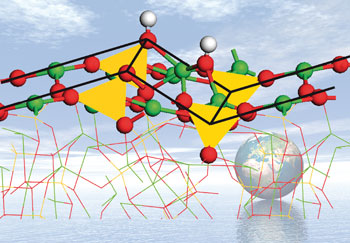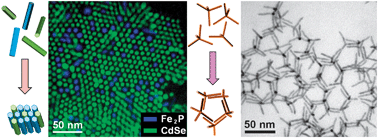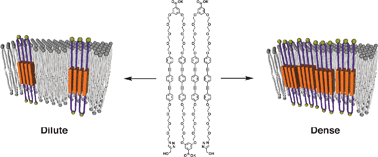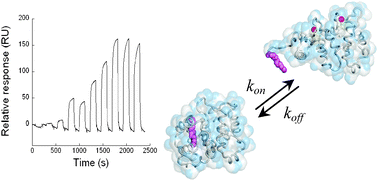Evidence that water came to Earth during its formation from cosmic dust, rather than following later in asteroids, has been shown by a group of international scientists.
The origin of the abundant levels of water on Earth has long been debated with the main differences in the theories being the nature of the material that carries the water, and whether the water came during or after planet formation.
Now, Nora de Leeuw at University College London, UK, and colleagues have used molecular-level calculations to prove that dissociative chemisorption of water onto the surface of olivine rich minerals, such as forsterite, is highly exothermic. And so when these mineral dust particles came together during Earth formation, gas-solid interactions could have resulted in water being adsorbed onto the surface of the dust particles. This means that water could have been part of the Earth from the very beginning.

Water could have been adsorbed onto minerals that created the Earth
‘Our calculations indicate that it is viable for water to become adsorbed at the surfaces of dust particles in the interstellar medium, where planets are formed. The water is thus trapped and becomes incorporated into the Earth,’ says de Leeuw.
De Leeuw’s work challenges the common assumption made by astronomers that the Earth’s water originated from bodies in the asteroid belt. ‘The work will be of tremendous interest to those modelling the geology and habitability of extrasolar terrestrial planets,’ comments Philip Armitage, an expert in astrophysical and planetary sciences at the University of Colorado, Boulder, US.
Rebecca Brodie
Find out more in de Leeuw’s communication. Are you sitting on results that are out of this world? Submit today to ChemComm and make an impact.












![Face-to-face interactions Graphical abstract: Face-to-face C6F5–[60]fullerene interaction for ordering fullerene molecules and application to thin-film organic photovoltaics](http://pubs.rsc.org/services/images/RSCpubs.ePlatform.Service.FreeContent.ImageService.svc/ImageService/image/GA?id=C0CC03028G)







